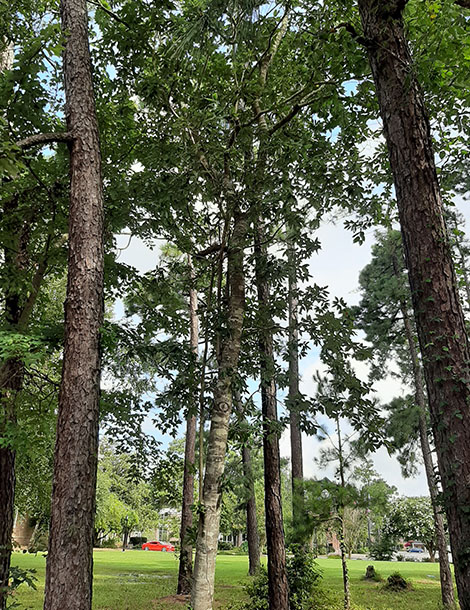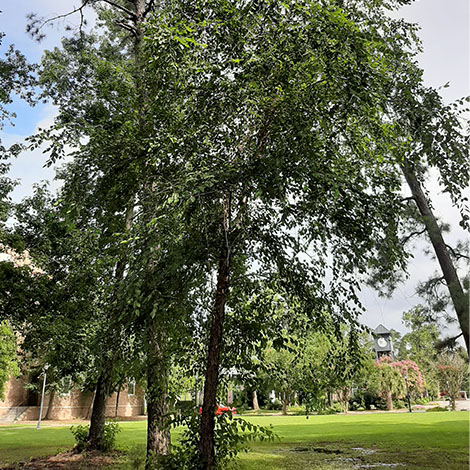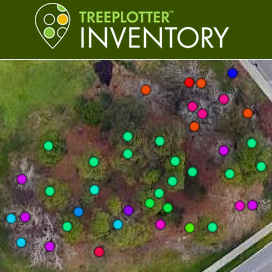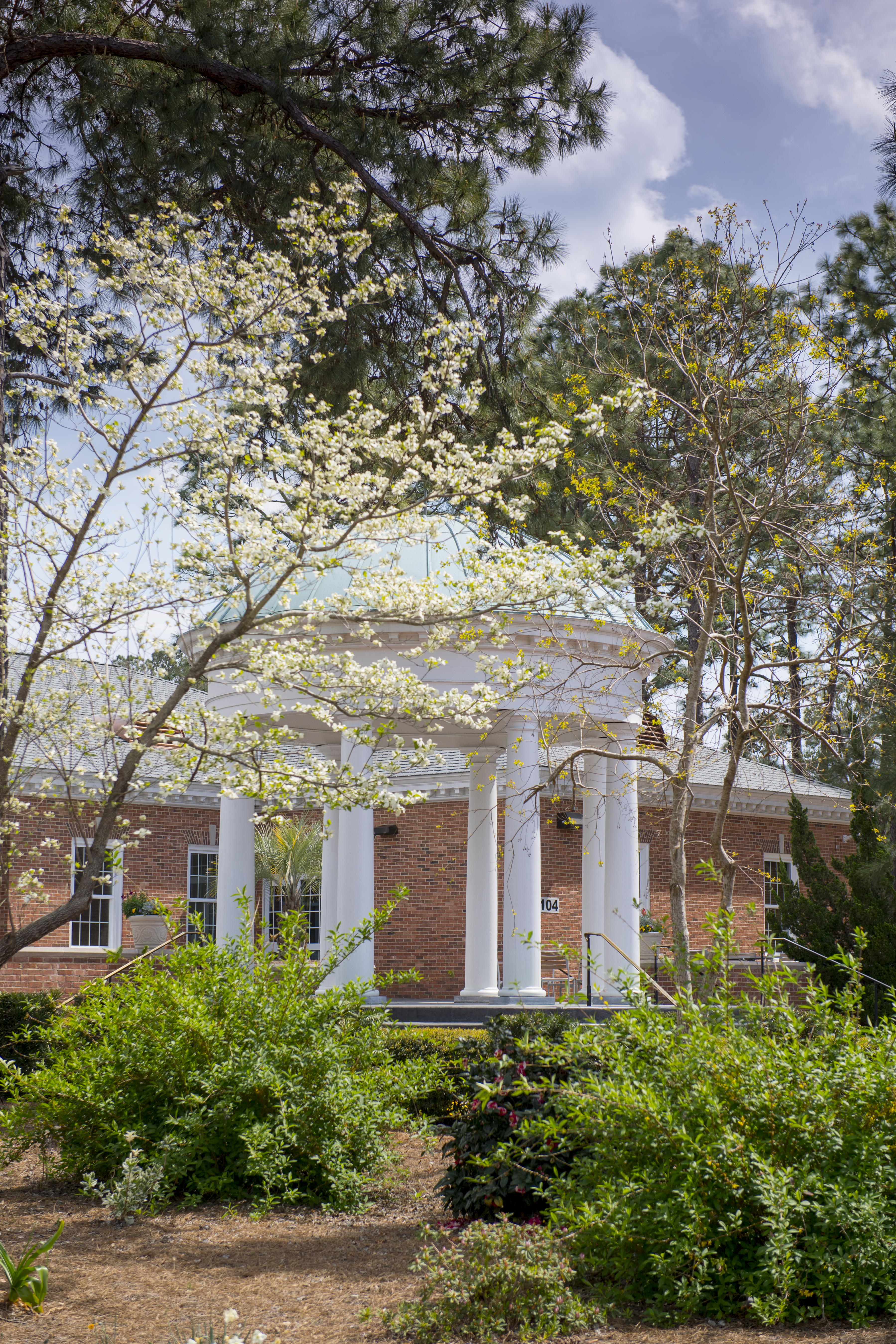CCU Arboretum
Sweetbay Magnolia
Common Name: 
Sweetbay Magnolia
Scientific Name:
Magnolia virginiana
Species Range:
Sweetbay is native to the eastern United States, specifically the Atlantic and Gulf Coastal Plains. It can be found on wet, sandy, or acidic soils, typically occurring in river floodplains, shrub swamps, and wet woodlands.
Growth Characteristics:
The sweetbay can grow up to 60 feet tall but is frequently a large shrub and is deciduous in its most northern range but can be evergreen in more southern areas. Its fragrant, leathery leaves are thin, oval to elliptical, and can grow 4-6 ½ inches long and 1-2 inches wide. Its bark is smooth and grayish and irregularly furrowed. Its very fragrant, creamy white flowers are 2-3 inches in diameter and appear in April to July. It produces cone-like aggregate, red fruit that are about 2 inches long and mature in July to October.
Ecosystem Service Value:
Small birds and animals use the sweetbay seeds as a food source.
Uses, Other Details:
The sweetbay is mainly used as an ornamental tree.
Threats:
Pests such as the tulip-poplar weevil can damage the sweetbay, but many other threats to this tree only threaten the aesthetic and not the growth of the tree.
Species profile by Billie Rogers
References:
Kirkman, L. Katherine., et al. Native Trees of the Southeast: An Identification Guide. Timber Press, 2007.
Sheahan, C.M. 2015. Plant guide for sweetbay (Magnolia virginiana). USDA-Natural Resources Conservation Service. https://plants.usda.gov/plantguide/pdf/pg_mavi2.pdf.
“Sweetbay Magnolia.” Arbor Day Foundation, https://www.arborday.org/trees/treeguide/TreeDetail.cfm?itemID=865. Retrieved November 15, 2020.








